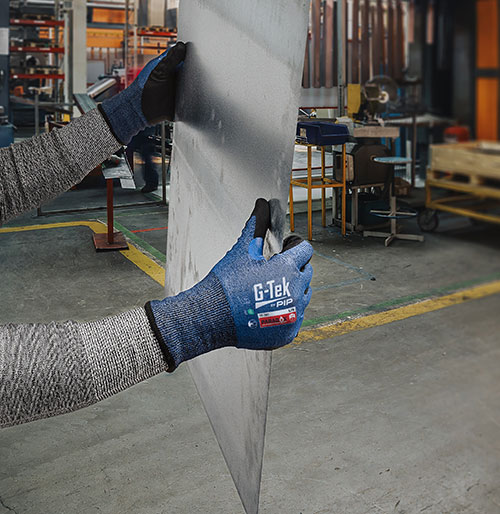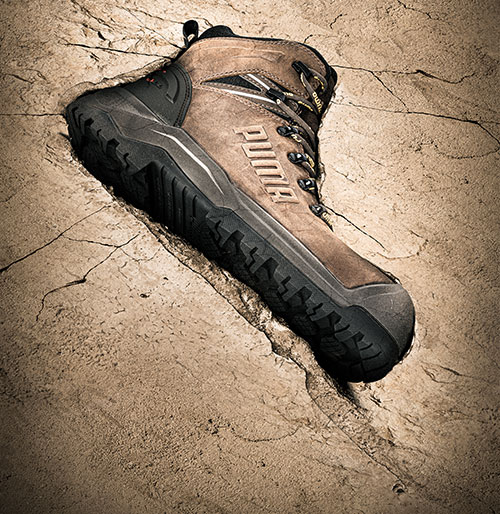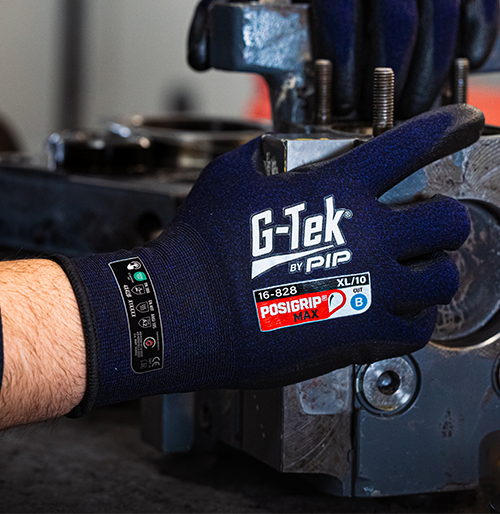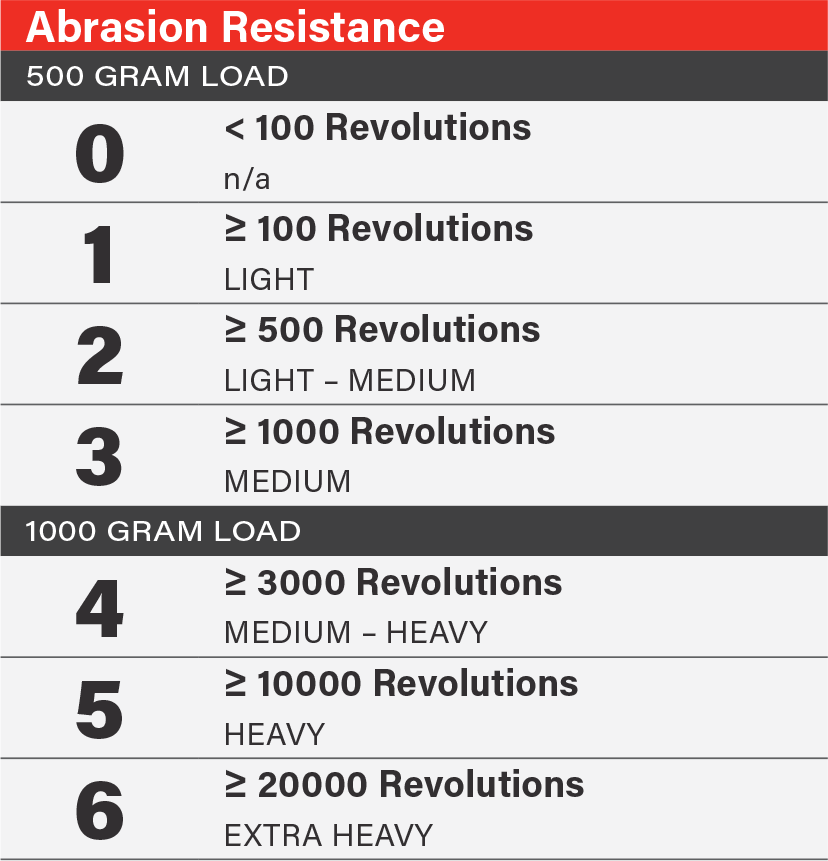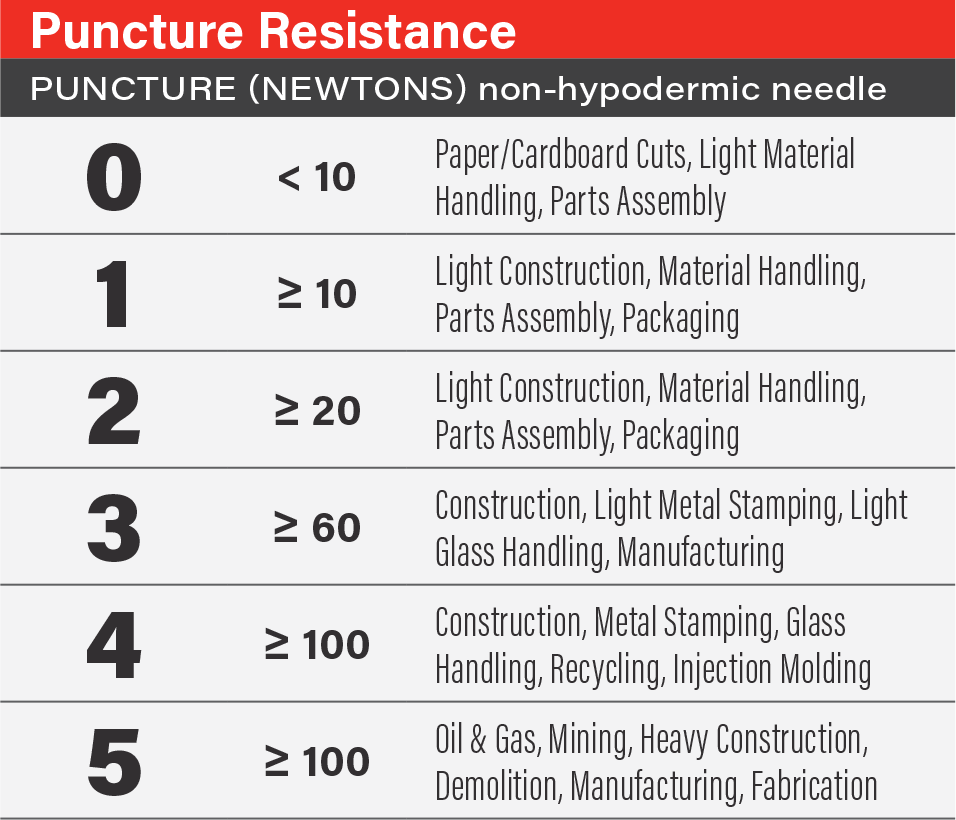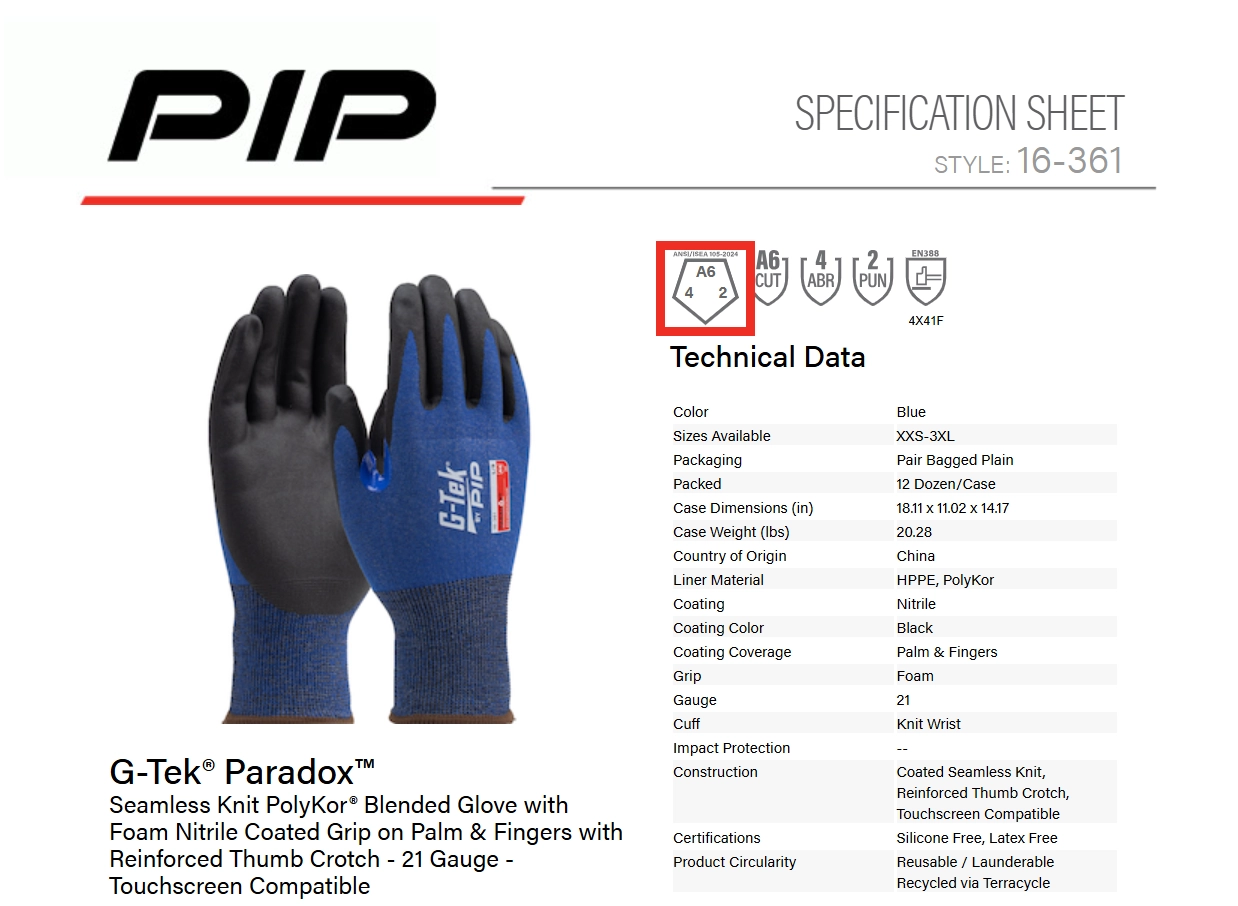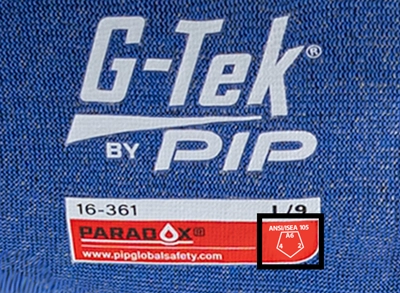Updated ANSI Standard
For Cut Resistance
ANSI/ISEA 105 (2024 edition)
ANSI/ISEA has released a new edition of the ANSI/ISEA 105 standard (2024 ed). The changes include a new standardized glove label for easier identification of key protection levels for both distributors and end-users.
NEW Pentagon Standard
Classification Marking
The new pentagon marking was created to simplify and standardize the identification of protective glove performance levels, including abrasion, cut, and puncture resistance (previously identified by three separate markings.) By consolidating this information into a single, easily recognizable label, it improves usability for workers and reduces the risk of selecting inadequate protection.
 NOTE: If an “X” is shown on one or multiple of the points in the pentagon, the glove has not been tested to that specific ANSI/ISEA 105-2024 classification(s)
NOTE: If an “X” is shown on one or multiple of the points in the pentagon, the glove has not been tested to that specific ANSI/ISEA 105-2024 classification(s)
Same Scale to Determine Cut Scores
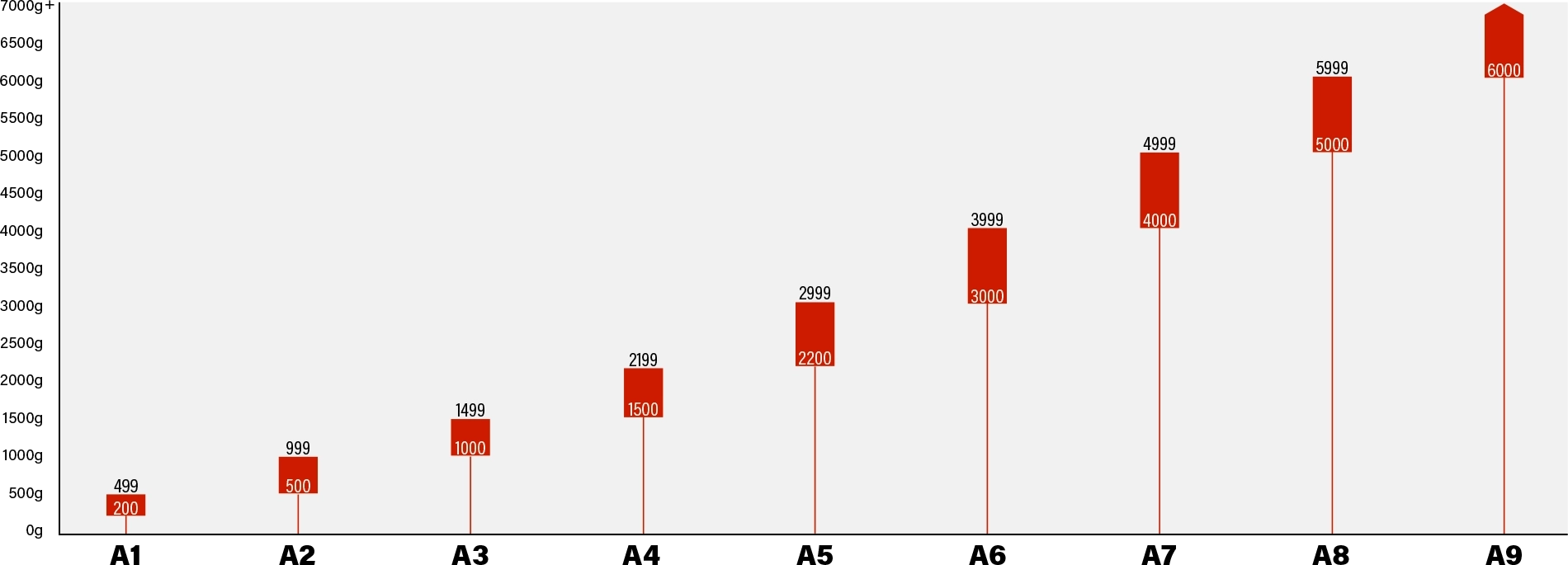
LIGHT/MEDIUM CUT HAZARDS
Material handling, small parts assembly, packaging, warehousing, etc.
MEDIUM/HEAVY CUT HAZARDS
Appliance manufacturing, automotive assembly, canning, aerospace, HVAC, general construction
HEAVY/HIGH CUT HAZARDS
Metal stamping, pulp and paper, glass manufacturing, protein processing, sharp material recycling
Same Scale to Determine
Abrasion Resistance
The abrasion resistance scale remains the same as previous revisions, but the 2024 standard places greater emphasis on the standardized abrasion level via the pentagon.
The scale is based on the number of cycles a glove material endures before failure, as tested under specific conditions using the Taber Abraser with a standardized abrasive material. This ensures uniformity in how abrasion resistance is measured and reported.
Same Scale to Determine
Puncture Resistance
The standard continues to measure puncture resistance based on the force required to penetrate the glove material with a specified stylus, quantified in newtons (N).
In summary, the ANSI/ISEA 105-2024 standard maintains the existing puncture resistance testing protocols and performance levels but enhances user comprehension through standardized labeling via the pentagon.
Frequently Asked Questions
How does the new labeling system benefit users?
The standardized pictogram simplifies the selection process by clearly indicating protection levels, reducing confusion, and ensuring that users choose gloves appropriate for specific hazards.
Are there changes to the testing methods for abrasion, cut and puncture resistance?
No, the testing methods and performance levels for abrasion, cut, and puncture resistance remain unchanged in the 2024 revision. The update focuses on standardizing the labeling of these protective properties.
Is compliance with the new labeling mandatory for manufacturers?
While the ANSI/ISEA 105 standard is voluntary, adherence to the new labeling guidelines is strongly encouraged to promote consistency and enhance user safety across the industry.
How should manufacturers reference the updated standard in their documentation?
Manufacturers are advised to explicitly reference “ANSI/ISEA 105-2024” in their product documentation and marketing materials to ensure clarity and avoid ambiguity. These updates aim to enhance workplace safety by providing clearer information on glove performance, facilitating better selection of appropriate hand protection in various occupational settings.

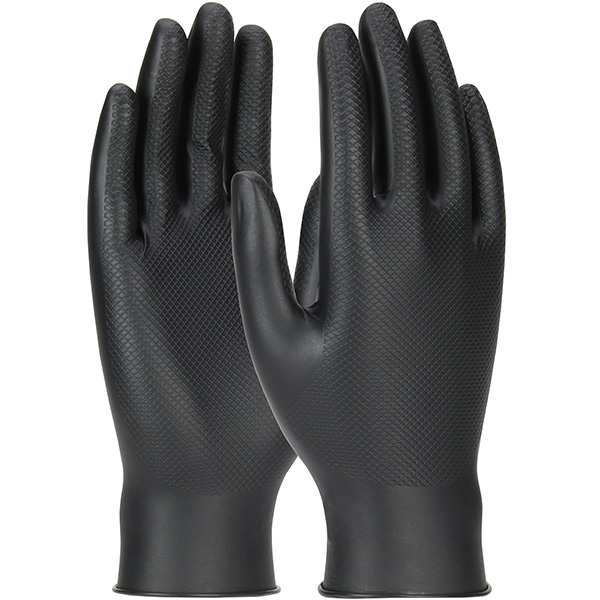 Gants jetables à usage prolongéGrippaz™ Skins67-246
Gants jetables à usage prolongéGrippaz™ Skins67-246
 Gants résistants aux coupuresG-Tek® PolyKor®16-560
Gants résistants aux coupuresG-Tek® PolyKor®16-560
 Gants haute performanceG-Tek® PolyKor®16-MPT630
Gants haute performanceG-Tek® PolyKor®16-MPT630
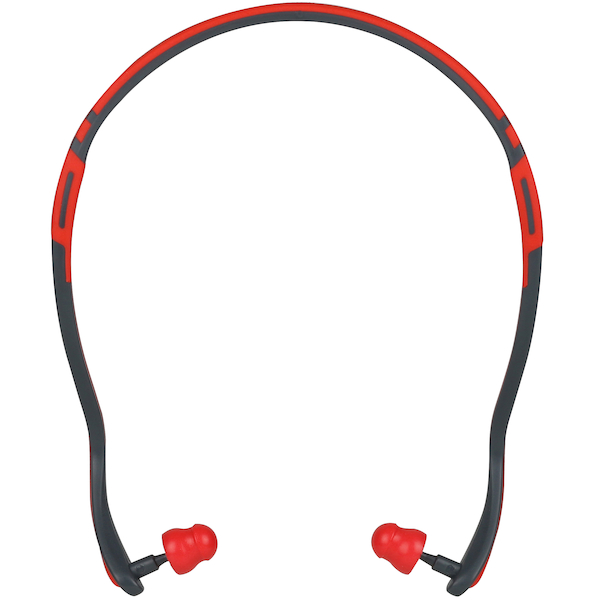 Bouchons d'oreillesPIP®267-HPB410
Bouchons d'oreillesPIP®267-HPB410
 Vêtements chauffantsBoss®300-HV100
Vêtements chauffantsBoss®300-HV100
 Gants de protection contre le froidG-Tek® PolyKor®41-1417
Gants de protection contre le froidG-Tek® PolyKor®41-1417
 Lunettes de sécuritéZenon Z12™250-01-0900
Lunettes de sécuritéZenon Z12™250-01-0900
 Gants résistants aux coupuresG-Tek® Paradox™16-541
Gants résistants aux coupuresG-Tek® Paradox™16-541
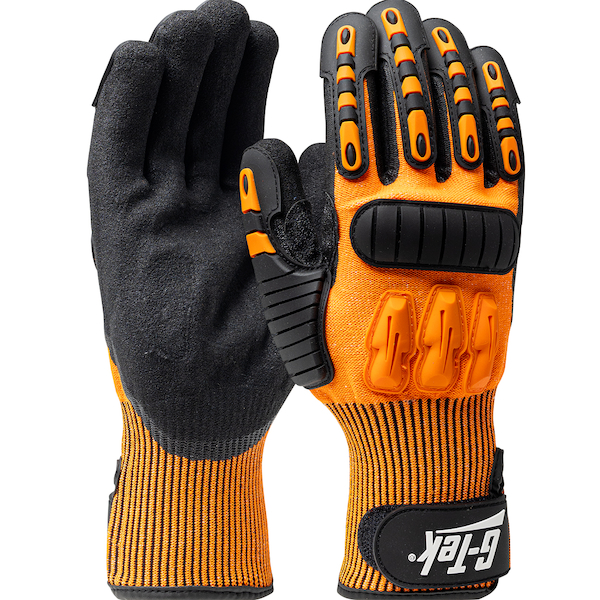 Gants haute performanceG-Tek®120-5150
Gants haute performanceG-Tek®120-5150
 Gants résistants aux produits chimiquesAssurance®56-586CR
Gants résistants aux produits chimiquesAssurance®56-586CR
 Gants résistants aux coupuresG-Tek® Paradox™16-351
Gants résistants aux coupuresG-Tek® Paradox™16-351
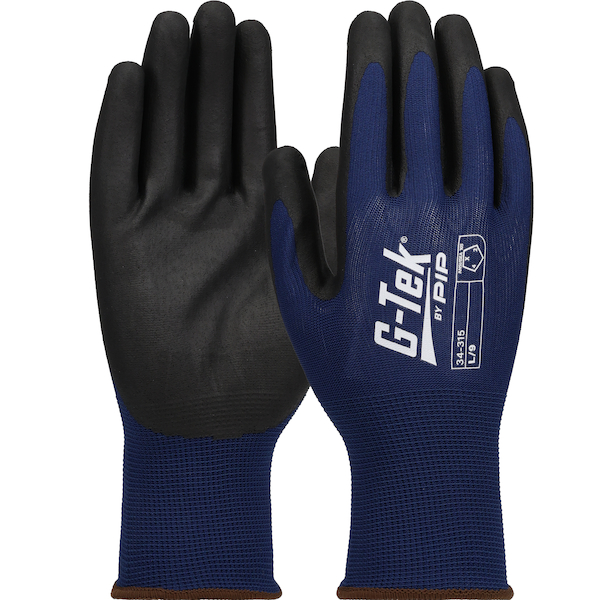 Gants à usage général - EnduitsG-Tek®34-315
Gants à usage général - EnduitsG-Tek®34-315



















